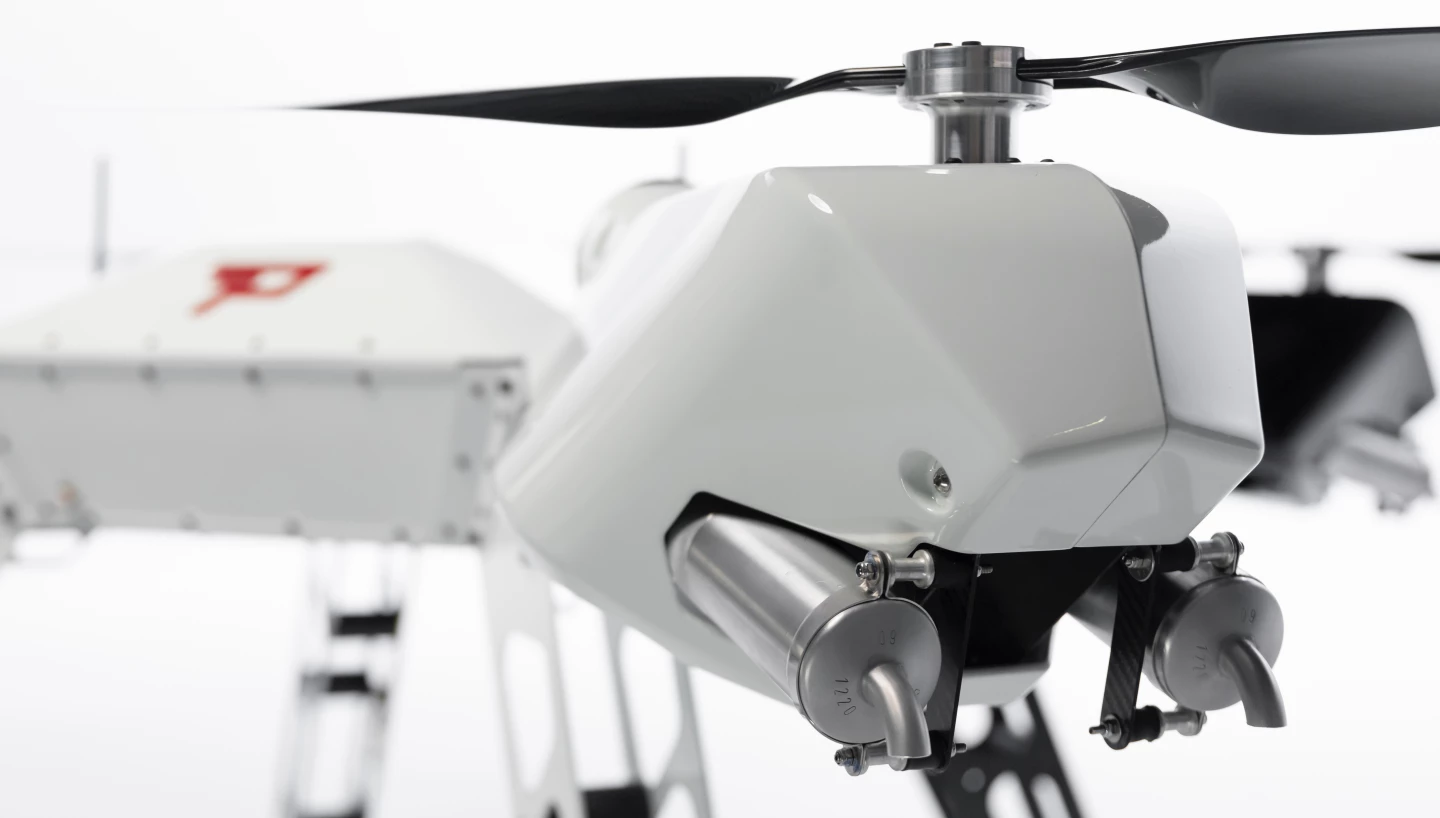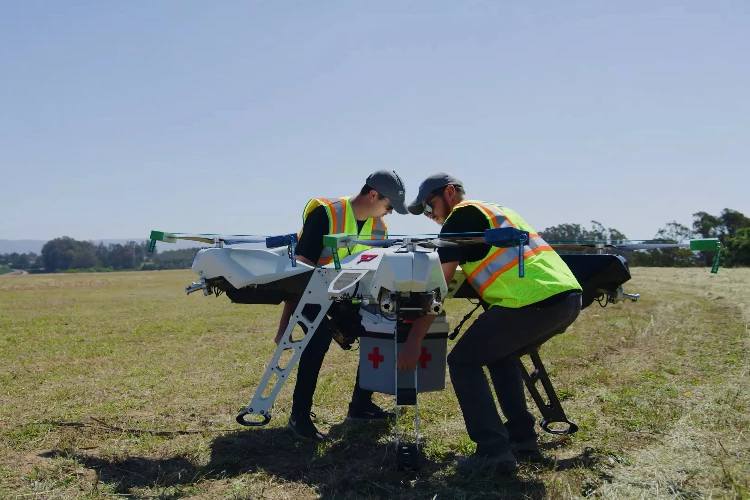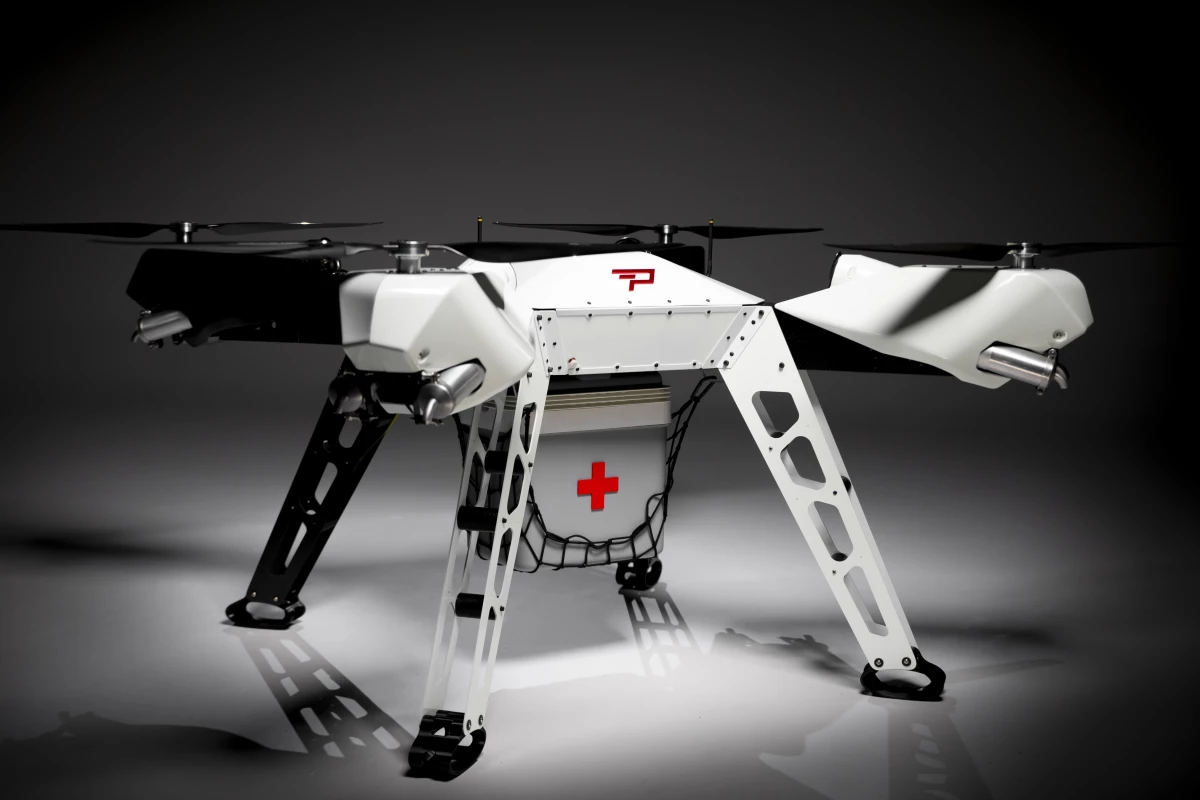Multicopter drones already have many uses, but they're still held back by relatively short flight times and limited lifting capacities. The Firefly quadcopter is designed to address those shortcomings, with the ability to fly for about two hours and carry up to 100 lb.
Manufactured by California-based startup Parallel Flight Technologies, the Firefly was developed in partnership with NASA, the National Science Foundation, and the United States Department of Agriculture.
It features a parallel hybrid drive system, in which each of its four propellers is powered by a module that combines an electric motor and a gasoline engine. The motor is used for maneuvers that require instantaneous torque – such as take-offs and landings – while the engine takes over for cruising. Additionally, if any one of those modules fails, the drone can keep on flying using the other three.

Current estimates call for the production version of the copter to be able to fly for 1 hour and 40 minutes (or cover a distance of 125 miles/201 km) when carrying its maximum 100-lb (45-kg) payload slung beneath its main body. The runtime jumps to 3 hours and 20 minutes (or 250 mi/402 km) if the payload is reduced to 50 lb (23 kg). By contrast, most pure-electric quadcopters top out at around 30 minutes and 10 lb (4.5 kg).
Because it's equipped with GPS, the drone can be programmed to follow a predetermined flight path, performing its own take-offs and landings. That said, it can also be remotely controlled beyond line of sight via a radio signal, up to a distance of 37 miles (60 km).

One of the primary possible uses for the Firefly is the delivery of tools, fuel, food and water to crews fighting forest fires – down the road, it may even be able to autonomously locate smaller fires and drop water onto them. It could also be used to deliver medical supplies and samples to and from remote locations; to assist at disaster sites; or to perform various other functions in the industrial sector.
Parallel Flight Technologies is currently seeking investors on the Start Engine crowdfunding platform, plus it's also inviting prospective users to take part in a beta testing program.
There's currently no word on when the Firefly may reach production. In the meantime, you can watch CEO Joshua Resnick describing how he came up with the idea for the drone, in the video below.
Source: Parallel Flight Technologies






